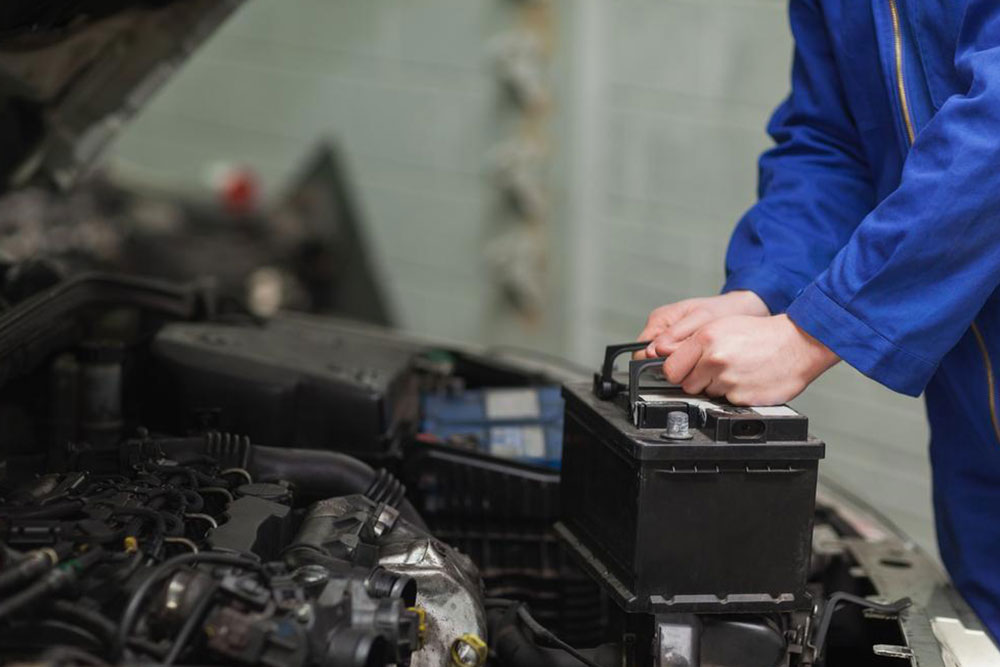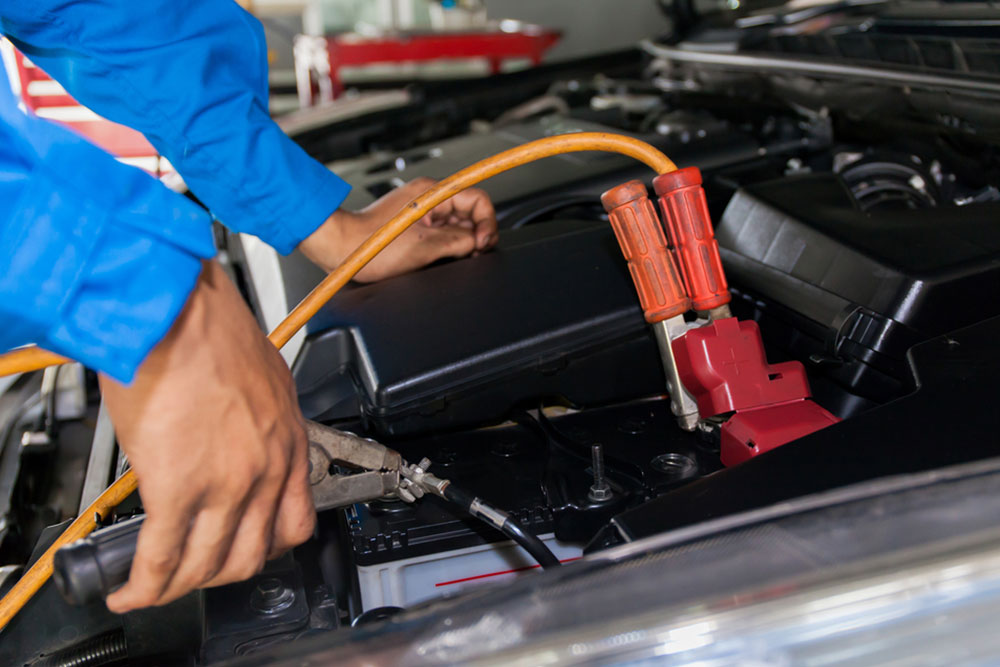Ultimate Guide to Automotive Batteries: How They Work and Maintenance Tips
This comprehensive guide explores automotive batteries, explaining their structure, how they work, common issues, maintenance practices, and the importance of recycling. Understand how to keep your vehicle’s battery in optimal condition for reliable performance and longevity, ensuring your car starts every time and runs efficiently under various conditions.

Ultimate Guide to Automotive Batteries: How They Work and Maintenance Tips
Automotive batteries are essential components that keep your vehicle running smoothly. They provide the electrical power needed to start the engine, operate lights, and run all electronic systems. Understanding how these batteries work, their types, common issues, and maintenance practices can significantly improve your vehicle’s longevity and performance. This comprehensive guide dives deep into automotive batteries’ structure, functionality, troubleshooting, and tips to ensure they stay reliable over time.
Vehicle batteries primarily rely on a series of interconnected galvanic cells composed of lead plates and sulfuric acid. These lead-acid batteries are designed for repeated charge and discharge cycles, specifically tailored for automotive applications. The core function of these batteries is to store electrical energy during downtime and release it quickly during engine startup. The battery also supplies power to electrical accessories when the engine isn't running, such as headlights, radio, and other electronic systems.
Modern automotive batteries are engineered for convenience and affordability. They typically require minimal maintenance, though regular checks are recommended to maximize their lifespan. Signs of a deteriorating battery include slow engine cranking, dimming headlights, and dashboard warning lights. In some cases, strange odors or swelling of the battery case can indicate internal damage or leaks.
Understanding the construction of automotive batteries provides insight into their operation and common failure points. Each battery consists of six galvanic cells connected in series, each producing approximately 2.1 volts, giving a total of about 12.6 volts when fully charged. Heat is a major enemy of these batteries, accelerating internal corrosion and reducing their operational lifespan. This is why batteries often fail faster in hot climates or under excessive engine heat conditions.
Recycling automotive batteries is crucial for environmental conservation. Lead-antimony plates within the batteries are recyclable, helping reduce raw material extraction and environmental pollution. Proper disposal and recycling programs prevent hazardous materials from contaminating soil and water sources, emphasizing the importance of responsible handling. Historically, early vehicles relied solely on manual signaling devices like bells, but with technological advances, batteries became indispensable starting from the 1990s, especially as electric starters and electronic systems became standard.
Battery maintenance includes regular inspection, cleaning terminals, ensuring proper electrolyte levels, and testing voltage regularly. During cold weather, a weak battery can struggle to provide sufficient power, making preventive checks crucial. Signs of an impending battery failure include dashboard warning lights, difficulty starting the engine, and an unusual smell emanating from the battery area. Replacing batteries before complete failure prevents inconvenient breakdowns and costly repairs.
Leading brands offering reliable automotive batteries include Autocraft, Bosch, DieHard, and Duralast. When selecting a new battery, consider factors like size, capacity, and compatibility with your vehicle model. Larger or high-performance vehicles may require multiple batteries to meet power demands. Proper maintenance and timely replacement ensure your vehicle operates smoothly, avoids unexpected breakdowns, and extends the overall lifespan of your automotive electrical system.
In addition to regular maintenance, understanding your vehicle’s electrical needs and adhering to manufacturer recommendations can enhance battery life. Jump-starting a dead battery can be an effective temporary fix, but persistent issues indicate an urgent need for replacement. Always follow proper safety protocols while handling batteries due to their corrosive and toxic materials. Properly recycled batteries contribute to environmental preservation and reduce the ecological footprint of automotive manufacturing and disposal.
In conclusion, automotive batteries are a critical part of vehicle operation. From their basic structure to maintenance tips and environmental considerations, understanding these aspects can help drivers extend battery life and prevent unexpected failures. Stay vigilant by scheduling regular inspections and choosing high-quality replacements to ensure your vehicle’s electrical system remains robust and dependable, providing peace of mind on every journey.





